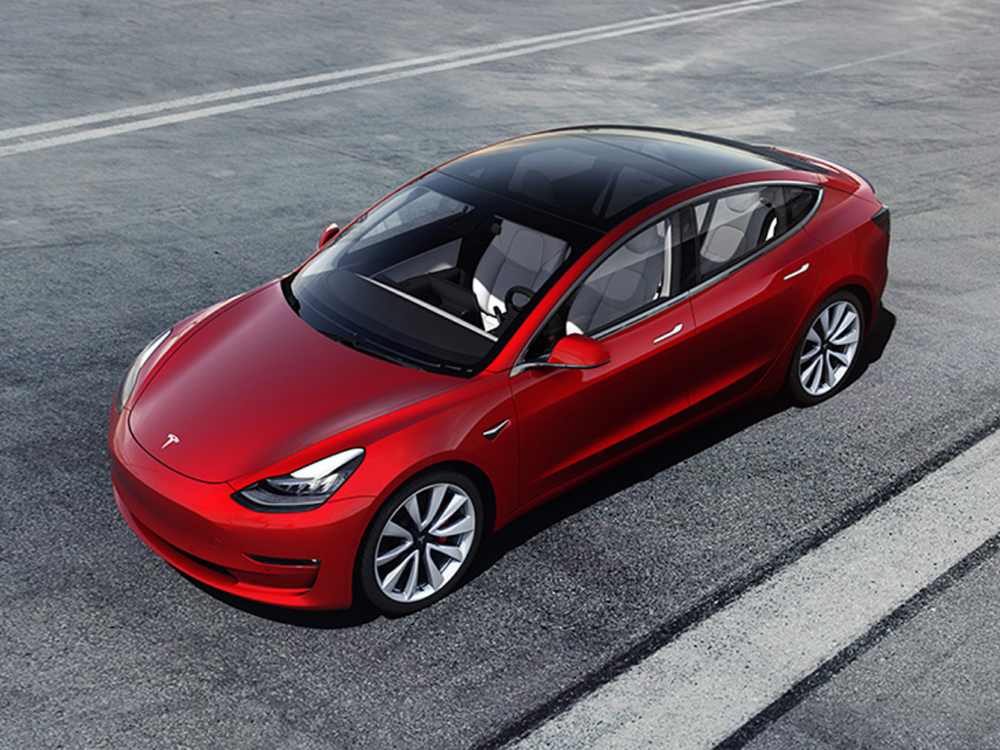US Federal Tax Credit Has Loose Definitions on What Makes an SUV
According to the IRS, a Mustang Mach-E or a Tesla Model S is not an SUV, but a Ford Escape is. The Federal EV Tax Credit’s language has some inexcusable holes.
In case some context is needed, the Biden Administration created and approved the US Federal EV Tax Credit program, that is meant to light a fire under automakers to domesticate the assembly of EVs on American soil. It also includes the sourcing and building of EV batteries — if a battery is made or contains ingredients from a country of conflict or is not in America’s free-market trade agreement (Russia, China, and even Japan), the EV will not qualify for the full credit.
As many of us would agree, an SUV is a fairly easy thing to define. Typically they have two or three full rows of seats for passengers, have a rounded back end, four doors, a tailgate, higher ground clearance, and may or may not have light duty off-road capabilities, like four or all-wheel drive. All this would encompass a “Sport Utility Vehicle,” but maybe that’s because we’re car people who pay attention.
Those who sit behind the desks for the Internal Revenue Services (IRS), define SUVs by their Gross Vehicle Weight Rating (GVWR). Which, to them, puts vehicles like the Ford Mustang Mach-E and Tesla Model S on the outs of that category. Which means, that because they’re “cars” and not SUVs, they may not qualify for an SUVs higher MSRP threshold. In order for cars to qualify for the full credit, the full price must be below $55,000. If they were classified as SUVs, their MSRP threshold would be $80,000 or lower.
Because the IRS defines an SUV by the GVWR, it raises some questions about other vehicles that were approved on the list as an SUV. For instance, a Tesla Model Y and Model 3 count as cars on the list of approved vans, trucks and SUVs. A Volkswagen ID.4 even made the list, even though the GVWR is eerily similar to that of both a Tesla Model Y and a Mach-E.
However, due to the language regarding the battery composition and sourcing requirements and categorization, a Ford Escape PHEV would fit the bill more than the Mach-E. As many of the EV writers in the carverse are saying, there is hope for the future as the bill continues to be worked over, more manufacturers alter production or their sourcing to take advantage of the bill and so on.


